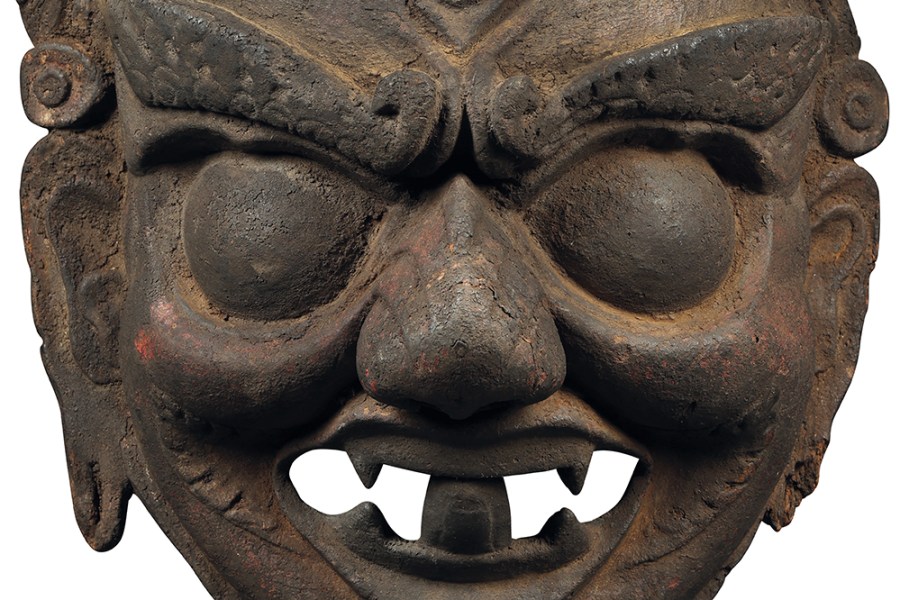From the July/August 2024 issue of Apollo. Preview and subscribe here . The French dealer Frédéric Rond, a regular participant at Parcours des Mondes, sums up his special interest: ‘Himalayan tribal art is a relatively young market and it is probably the last tribal avant-garde.
’ It is indeed a new field of interest for collectors – European dealers began travelling in the Himalayas only in the early 1970s, after the first road connecting Nepal to India was completed in 1963. Attuned to the affinity between some artistic traditions found in Africa and Oceania and the 20th-century avant-garde, they spotted a similar aesthetic and spiritual power in certain objects they were seeing in Kathmandu’s markets. The Milan-based dealer Renzo Freschi took the overland route to Nepal in 1971; in his 2017 introduction to the exemplary collection of Himalayan masks owned by the Swiss collector Luciano Lanfranchi, Freschi describes the moment in 1975 when, in the main square of Basantapur, Kathmandu, teeming ‘with sellers of ancient marvels, jewellery, wood carvings, masks, furnishings, ritual objects, illuminated books, sacred images’, some unusual masks appeared.

‘Completely different,’ he reports, from the classical Buddhist monastic masks of Tibet, these were ‘covered in hair, with extraordinary shiny patinas supporting fierce or dazed expressions [...
] No-one knew or was willing to reveal where they came from.’ From this experience a market was born, shaped by E.























